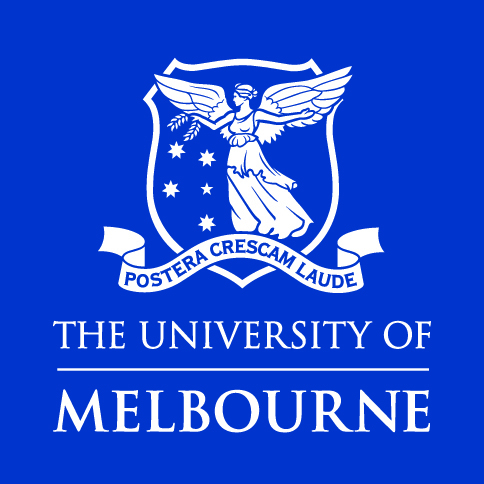
Tileah Drahm-Butler (she/her)
The University of Melbourne and Cairns Hospital Emergency Department
Tileah’s PhD research is furthering the development of Indigenous Storywork as a research methodology – and as a “prequel” to narrative therapy and community work.
Tell us about your research
I am a social worker in the emergency department at Cairns Hospital and a PhD candidate in the Department of Social Work at The University of Melbourne. My PhD research emerged from a community project in the emergency department. The project was called “Connecting the Dots” and it sought to create a culturally welcoming emergency department for First Nations people who present in suicidal crisis. The results of this project generated excitement around the idea of moving the emergency department towards becoming a more culturally safe place, both in community and in the ED.
What’s most significant to you about this research?
All of the relationships that I have formed over about 20 years are able to come together in this research. It’s most significant to me to think about what people and communities have taught me. I’m excited to include many people who are so wise in this research and to think about the things they’ve taught me.
What drew you to narrative practice in the first place?
Aunty Barbara Wingard!! The way that Aunty Barb was able to position Aboriginal people as experts was so powerful to me all those years ago. It was so separate to the ways people had been positioning us. Then over the years, I have learnt the ways that narrative practice aligns with and is in sync with Aboriginal ways of knowing, being and doing.
Please share a story of one sparkling moment in your research journey so far
For me a sparkling moment has definitely been the letter of support and accountability for my research that was offered by Gimuy Walubara Yidinji Elders. To have this support means that the research is on the right track and is backed culturally. The draft version of the letter that I received was great, then I was asked to un-submit this so that Gimuy Mob could send a new version with a photo of one of their ancestors as a watermark.
Is there a book or article or other publication that has particularly informed or inspired your approach to bringing together narrative practice and research?
Franz Fanon’s (1961) The Wretched of the Earth really spoke to me (in a very wordy and philosophical way). Mainly because of a section that confirmed a teaching from my grandmother: “those who are last shall be first”. This positioned what I have known about First Nations people all my life, and how this has shaped the ways that I have heard stories in practice, and now how I have positioned us in this research.
What are your hopes for your participation in the Narrative Practice Research Network?
I’m so excited to be a part of the Network! The connection of practice and research is something I am very excited about, and to have a community around this is very special! I do love a network!!


